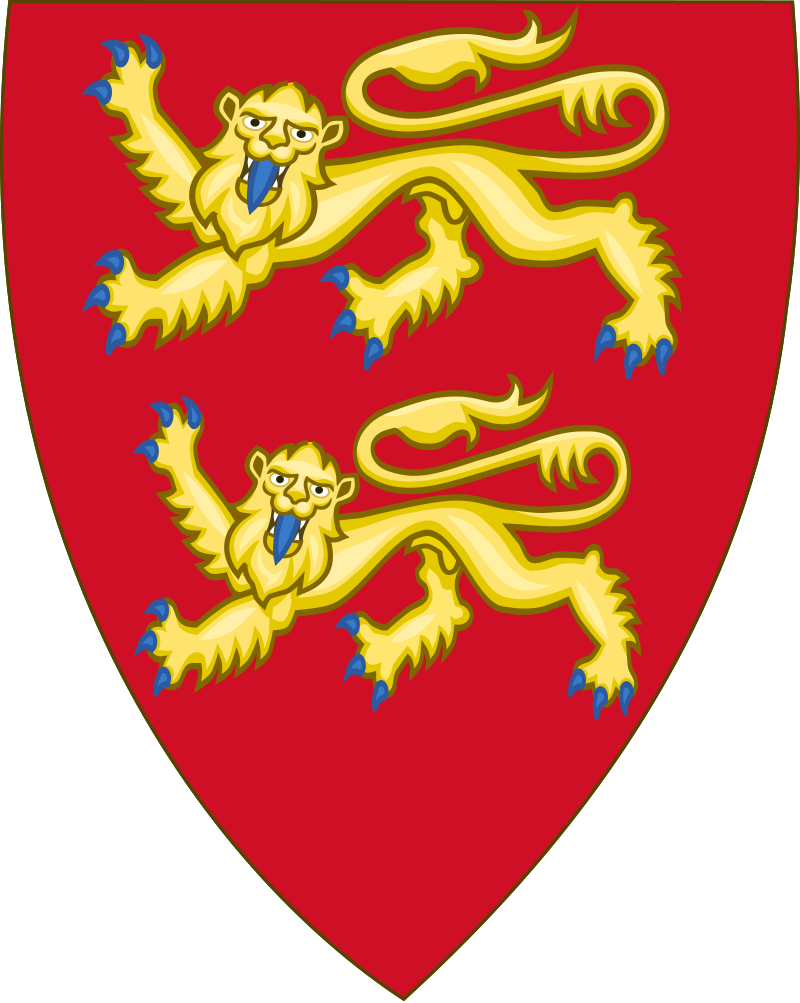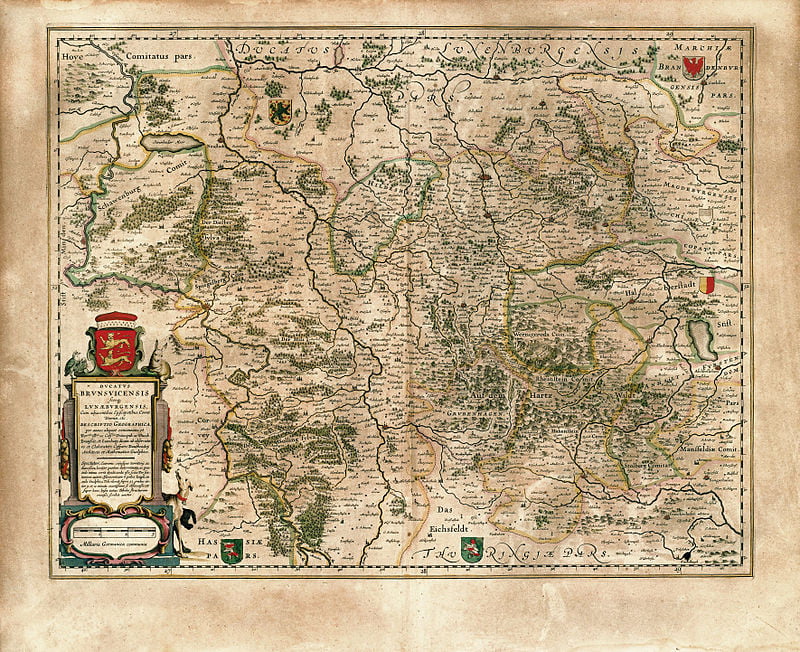Principality of Brunswick-Wolfenbüttel

- Coat of arms/Flag
- Status – Principality, State of the Holy Roman Empire
- Capital City- Wolfenbüttel
- Other Settlements –
- Places –
- Languages – Low German, German
- Religion(s) –
- Government – Principality
- Legislature –
- Current Ruler – William the Victorious, Duke of Brunswick-Lüneburg,
- Other Notable residents – Frederick III, “the Turbulentus” Duke of Brunswick-Lüneburg, William IV, “The younger” Duke of Brunswick-Lüneburg
The Principality of Brunswick-Wolfenbüttel is a subdivision of the Duchy of Brunswick-Lüneburg, whose history was characterised by numerous divisions and reunifications. The House of Welf rule Brunswick-Wolfenbüttel.
After Otto the Child, grandchild of Henry the Lion, had been given the seat by Emperor Frederick II under the name of the Duchy of Brunswick-Lüneburg, the dukedom was divided by his sons.
Albert I (the Tall) was given the regions around Brunswick-Wolfenbüttel, Einbeck-Grubenhagen and Göttingen-Oberwald. He thus founded the Old House of Brunswick and laid the basis for what became, later, the Principality of Brunswick-Wolfenbüttel. His brother John inherited the land around Lüneburg and founded the Old House of Lüneburg. The town of Brunswick remained under joint rule.
The area of Brunswick(-Wolfenbüttel) was further subdivided in the succeeding decades. In the meantime from the Middle House of Brunswick, split away to form the Principality of Calenberg. There were further reunifications and divisions.
In the meanwhile the dukes became weary of the constant disputes with the citizens of the town of Brunswick and moved to the water castle of Wolfenbüttel, which lay in a marshy depression of the river Oker south of Brunswick. The castle built here for the Brunswick-Lüneburg dukes – together with the ducal chancery, the consistory, the courts and the archives – became the nerve centre of a giant region, from which the Wolfenbüttel-Brunswick part of the overall dukedom was ruled. For a long time it also governed the principalities of Calenberg-Göttingen and Grubenhagen, the Prince-Bishopric of Halberstadt, large parts of the Prince-Bishopric of Hildesheim, the counties of Hohnstein and Regenstein, the baronies of Klettenberg and Lohra and parts of Hoya on the Lower Weser. The importance of this court was signified by the number of craftsmen needed. Hundreds of timber-framed buildings were built for the court, for its citizens and for ducal facilities, initially randomly, later designed to ducal requirements and for fire protection. In the heyday of the town’s development its districts were named after various dukes.


 Buy me a coffee
Buy me a coffee